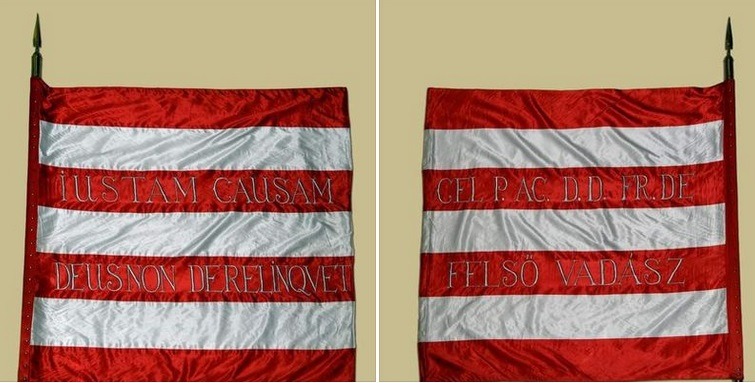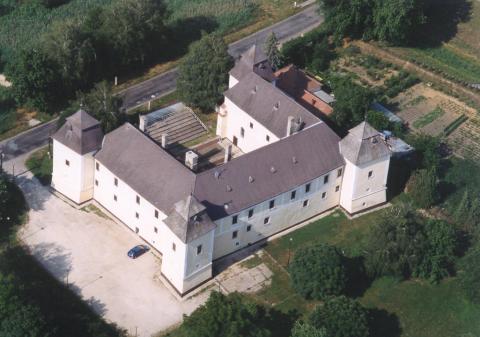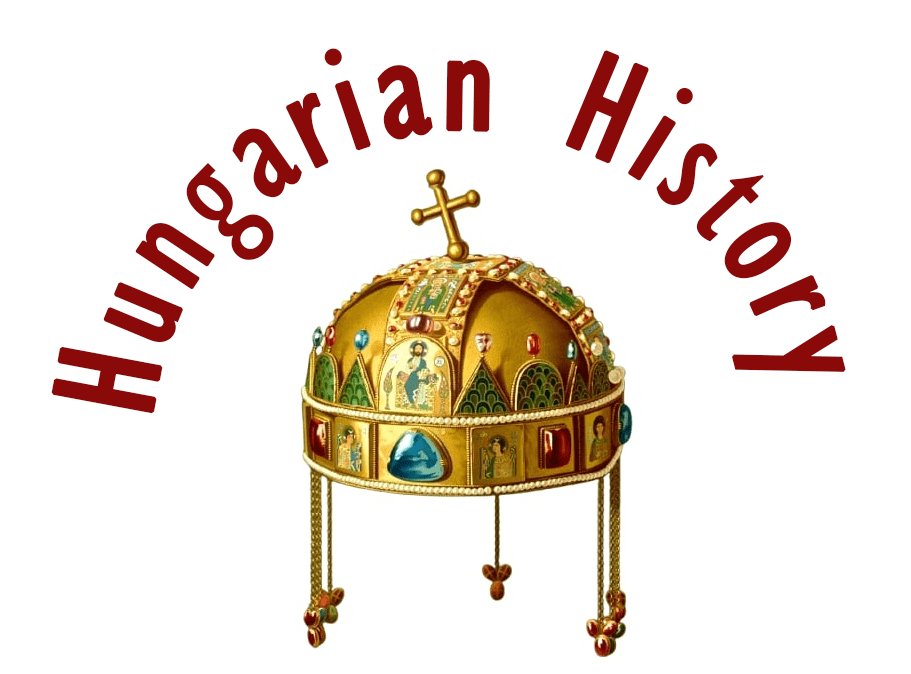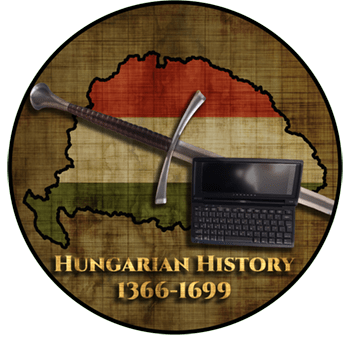The first half of 1706 was relatively quiet. The reason for this was that Prince Rákóczi Ferenc and the court of Vienna were negotiating in Nagyszombat through the intermediary of the Dutch and English ambassadors. In July, however, the treaty was broken off and armed clashes resumed.

It was vital for the Imperials to crush the Kuruc rule in Transdanubia, which was directly threatening Vienna, and to recapture that part of the country. Transdanubia had been permanently in the hands of the rebels for less than half a year, following the successful campaign of Bottyán János at the end of 1705.
A similar plan was devised for the reconquest of the country, from Transylvania, Field Marshal Rabutin de Bussy was to advance towards Transdanubia, while from the west, Imperial General Guido Starhemberg was to occupy the Danube region. Starhemberg set off from the Latja River in early September and marched through the Csallóköz region, via Komárom to Esztergom, to retake the fortress that Rákóczi had captured in early September.

Meanwhile, his brother Maximilian with Hannibal Heister were preparing to unite in a two-pronged attack along the Rába River. Max Starhemberg was advancing from Sopron towards Kőszeg, while Heister was moving out from Styria to enter Vas County via Kanizsa and Vasvár.
The Kuruc had to prevent the merger of the two corps at all costs. Therefore, the units of Bezerédj Imre kept an eye on the marching Starhemberg, who had been entrenched at Kőszeg. When Andrássy István, the Kuruc general and military commander of West Transdanubia, saw that Starhemberg was not to be feared, he left a small force behind and marched against Heister.

On 5 November 1706, the Imperial General was already in Egervár, whose castle he occupied. Andrássy’s troops arrived the next day. On the 6th Heister marched north and set fire to Egervár. The Kuruc could see from the smoke that the Imperial troops were on the move. They decided to attack them. The Kuruc could approach the Imperials undetected and attack them under cover of a hill that ran along the road between Győrvár and Egervár.
Although Kis Gergely’s troops were repulsed, they managed to distract the enemy. At 5 p.m. Kisfaludy László’s regiment of 7 companies also attacked and pushed the Imperials into the swamp on the outskirts of Győrvár. Heister took refuge in the mill there. The Imperial troops, fortified with a mill gate, did not suspect that the next morning the Kuruc would bypass the village of Győrvár and attack them from behind.

The Kuruc cavalry was led by the renowned Bezerédj and Béri Balogh Ádám, who set the village on fire and drove the enemy out. The Imperials were forced into the lake. In the meantime, the bulk of the Kuruc army, led by Andrássy, attacked the mill dam. The Imperial cavalry fled, but the infantry under Heister prepared to defend. They fired a volley and retreated behind the dam.
The mounted Kuruc led by 130 infantrymen charged the dam. The attack, which began at noon, ended quickly and the Imperials fled. In the clash, Béri Balogh Ádám received three wounds to the head, and his regiment was taken over by his cousin Bezerédj.
The chase lasted until the evening hours, with the participation of peasants and even women from the area. Heister fled with 500 horsemen, against whom 60 Kuruc were sent. Halfway to Kanizsa, however, he and his cannons were captured. The 17-year-old second lieutenant Sibrik Gábor, Mészáros István, and Pápai Kis Miska were the soldiers who captured the Imperial General. They almost had to rescue him from the claws of the others who wanted to slaughter Heister.

Some 650 Serb fleeing soldiers retreated to the castle of Egervár, which was guarded by the Imperials. Andrássy, with his weary soldiers, did not risk the siege but began to negotiate with the defenders through the prisoner Heister. The guard was allowed to march unharmed with their weapons as far as Kanizsa.
The Kuruc army numbered about 3,000 men, a large percentage of whom were cavalry. Heister’s army consisted of 3 cannons, 3-4000 Croats and Serbs, and 800 cavalry, so about 4-5000 men. About 3000 Imperial dead could be counted, their flags were collected by the Kuruc and sent to the Prince.

The Kuruc losses are not fully known. Béri Balogh was nursed in Vasvár for a few weeks, but Lieutenant-Colonel Ordódy and Major Tarnóczy were killed. Andrássy reported a loss of about 100 men.
Heister was a prisoner of Rákóczi until 1709. The name of Sibrik Gábor has been preserved even in the Prince’s memoirs. The chief officers were rewarded with estates and money, but Béri Balogh did not receive the rank of brigadier-general, a decision vetoed by Bercsényi. Among the soldiers, 18,000 silver forints (white money) were distributed.

The victory was significant because it prevented the unification of the Imperial armies and the loss of the Transdanubian region. The Kuruc raiding cavalry tactics worked here against the mostly irregular Croatian and Serbian units and a small Imperial force, commanded by a not particularly talented general. However, this does not detract from the heroism and valor of Andrássy István, Béri Balogh Ádám, Bezerédj Imre, and the 3,000 or so Kuruc soldiers.

Source: Szibler Gábor
Dear Readers, I can only make this content available through small donations or by selling my books or T-shirts:
Please, support me with a coffee here: https://www.buymeacoffee.com/duhoxoxa
You can check out my books on Amazon or Draft2Digital, they are available in hardcover, paperback, or ebook:
https://www.amazon.com/dp/198020490X or at https://books2read.com/b/boYd81

My work can also be followed and supported on Patreon: Become a Patron!http://Become a Patron!
Become a Patron! and donations can be sent by PayPal, too: https://tinyurl.com/yknsvbk7


https://hungarianottomanwars.myspreadshop.com/all
Subscribe to my newsletter here: https://tinyurl.com/4jdjbfkn

